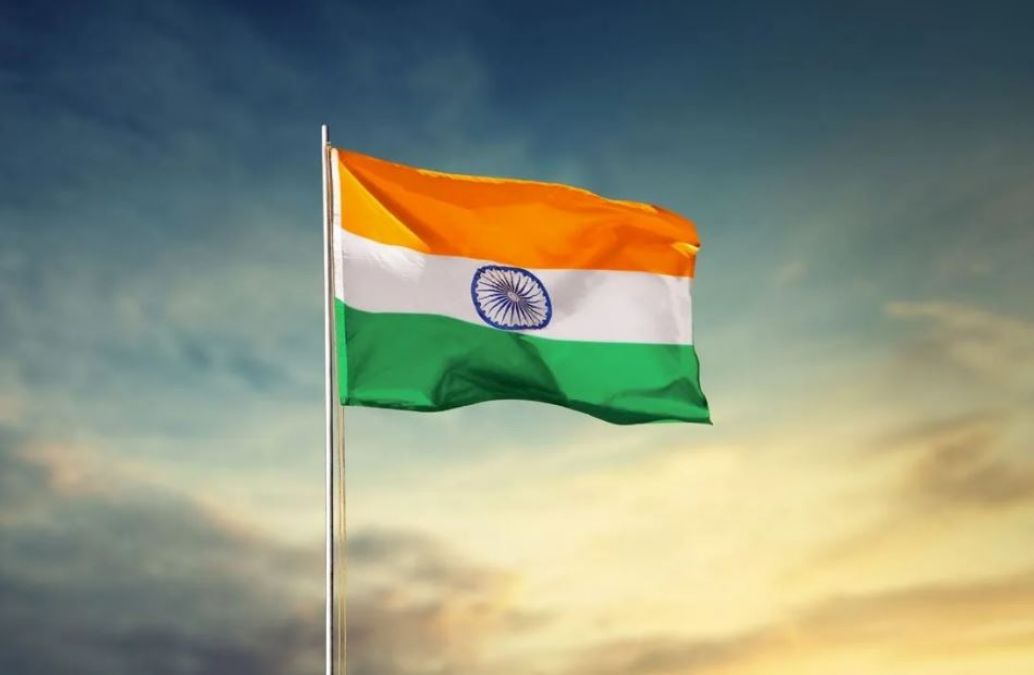
India is gearing up to celebrate its 77th Independence Day on August 15th. As the nation prepares for this momentous occasion, a tapestry of cultural events will unfold across the country, culminating in the collective display of the tricolor emblem. However, appreciating the significance of this act demands an understanding of the flag's historical evolution. Today, we embark on a journey through time, delving into the six distinct phases that have shaped India's tricolor.
The Indian National Flag of 1906...
The year 1906 witnessed the emergence of India's first national flag, adorned with floral motifs, a crescent moon, and a circular emblem. A vibrant palette of green, yellow, and red hues painted this symbol. Yet, this flag held unofficial status.
The Indian National Flag of 1907...
The initial unofficial design of India's flag was ephemeral, paving the way for a new rendition the following year. Stars and a crescent moon persisted in this iteration, complemented by three hues: saffron, green, and yellow. Bhikaji Cama unfurled it in Paris, later gracing a conference in Berlin.
The Indian National Flag of 1917...
A decade-long reign marked the second national flag's tenure. In 1917, a distinct flag emerged, setting it apart from its predecessors. As part of the Home Rule Movement, Annie Besant and Lokmanya Tilak raised this ensign. Stars, a crescent moon, and interwoven green-red shades defined its character.
The Indian National Flag of 1921...
1921 heralded the arrival of the fourth national flag. Crafted by a young Andhra Pradesh resident in Bezwada (now Vijayawada), this flag found its way to Gandhi. Dominated by green and red, it symbolized both Hindu and Muslim faiths. Gandhi later incorporated a spinning wheel emblem.
The Indian National Flag of 1931...
A decade later, in 1931, a new national flag graced India's horizon. Echoing its predecessor, the spinning wheel retained its prominence. However, color dynamics shifted, embracing the fusion of saffron, white, and green. This flag was formally endorsed by the Indian National Congress (INC).
The last and current national flag of India...

Which is Better: Cooking Chapati on a Tawa or Over an Open Flame?